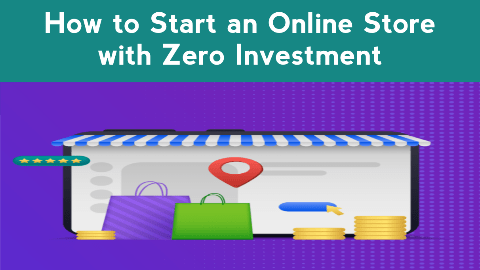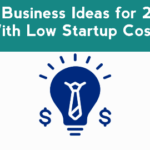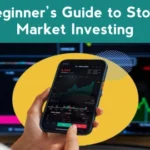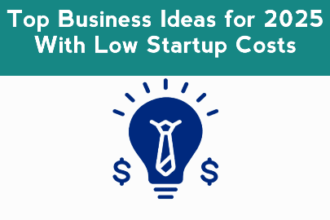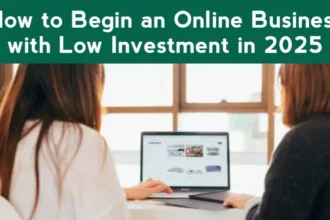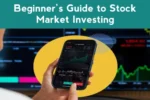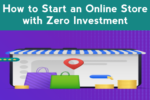Introduction: Your Inventory is Your Ingenuity
The biggest myth in e-commerce is that you need capital to compete. In 2025, the most valuable asset isn’t cash—it’s creativity, strategy, and the ability to leverage free tools. Starting an online store with zero investment is not just possible; it’s a powerful way to validate your idea, build an audience, and generate revenue without any financial risk.
This guide provides a modern, step-by-step playbook to go from idea to your first sale, spending nothing but your time and effort.
The 2025 Zero-Investment Launch Plan
Phase 1: Foundation & Setup (The “Digital Shelf”)
1. Choose a Niche, Not a Category
“Fashion” is too broad. “Sustainable, affordable jewelry for young professionals” is a niche. A tight niche allows you to target a specific audience with precision, making free marketing much more effective.
- Action: Brainstorm ideas at the intersection of your passion, your skills, and a clear market need.
2. Select Your “Storefront”
You don’t need a custom website on day one. Your initial storefront can be a social media profile or a marketplace.
- Best Options for 2025:
- Instagram/TikTok Shop: Perfect for visual products. Turn your profile into a shoppable storefront for free.
- WhatsApp/Telegram Catalog: Ideal for a curated, community-style store. Use broadcast lists and simple catalog PDFs.
- Etsy: For handmade, vintage, or craft supplies. Leverages an existing marketplace of buyers.
- Free Trial of Shopify/Carrd: Use the 3-day or free-tier trial to create a simple, one-page store for a professional look when you’re ready for your first few sales.
3. Adopt a Zero-Inventory Model
This is the core of a no-money-down strategy.
- Dropshipping: Partner with suppliers (e.g., on AliExpress, Spocket) who ship products directly to your customers. You only pay for the product after you’ve been paid by the customer.
- Print-on-Demand: Sell custom-designed t-shirts, mugs, and posters. Platforms like Printful and Printify integrate with your store and only charge you when an order is placed.
- Digital Products: Create and sell e-books, guides, presets, or templates. The cost of creation is your time; the cost to replicate is zero.
Phase 2: Product Curation & Presentation
4. Source “Virtual” Inventory
Your job is to be the curator, not the manufacturer.
- Action: Browse supplier websites and save high-quality product images and descriptions. Always rewrite the descriptions in your own voice to avoid duplicate content.
5. Create Compelling Content (Your Real Product)
Since you’re not competing on price or unique inventory, you compete on marketing and branding.
- Visuals: Use your smartphone and natural light to create original photos or videos. Use free tools like Canva to design clean graphics.
- Storytelling: Why should someone buy from you? Build a brand around a story, a value, or a specific aesthetic. This is what makes your store different.
Phase 3: Marketing & Sales (The “Grand Opening”)
6. Master Organic Social Media
This is your free advertising engine.
- Content Pillars: Don’t just post products. Use a mix of:
- Educational: “How to style this necklace 3 ways.”
- Behind-the-Scenes: “How I choose our eco-friendly suppliers.”
- User-Generated Content: Repost customers using your products.
- Promotional: “New drop alert! Limited stock.”
- Engage, Don’t Just Broadcast: Spend time commenting in relevant communities and engaging with accounts of your ideal customers.
7. Leverage Free Payment Methods
Skip complex payment gateways with high setup fees at the start.
- Action: Use UPI (Google Pay, PhonePe, Paytm) for direct bank transfers. It’s instant, trusted, and free. For a slightly more professional feel, use a free Razorpay or PayPal payment link.
Phase 4: Operations & Growth (The “Flywheel”)
8. Provide Stellar, Human-Centric Service
Your customer service is your competitive advantage.
- Action: Be incredibly responsive. Personalize packaging notes (even if it’s just a handwritten thank you on the invoice). This builds loyalty and generates word-of-mouth referrals, which cost you nothing.
9. Reinforce the Loop
Your first profit is not for you to spend; it’s your first business investment.
- The Reinvestment Plan:
- Profit 1: Use it to buy a domain name for a more professional email.
- Profit 2: Upgrade to a paid Shopify plan or a premium Canva subscription.
- Profit 3: Invest in a small, targeted social media ad to accelerate growth.
Case Study: The Bootstrap Success of “UrbanPots”
- The Idea: Anya loved plants but had no money. She started an Instagram page, @UrbanPots, selling small, decorative potted plants.
- The Zero-Cost Model: She didn’t buy inventory. She partnered with a local nursery: she would post pictures of their plants, take orders via Instagram DMs, and only then go to the nursery, buy the plant, and repot it in a stylish, thrifted container before delivery. Her margin was the markup.
- The Launch: She used Canva to create aesthetic posts and reels about “plant parenting.”
- The Result: Within 3 months, her consistent content built a local following. Her first ₹5,000 in profit was reinvested into buying pots in bulk, increasing her margin. She never needed startup capital.
Conclusion: Your Hustle is Your Seed Funding
Starting an online store with zero investment is a test of entrepreneurial spirit. It forces you to be resourceful, to truly understand your customer, and to build a business that is lean and resilient from day one.
The goal of week one isn’t revenue; it’s validation. The goal of month one is a system. The goal of year one is a scalable brand.
Your first assignment is public commitment: Name your niche and your chosen platform in the comments below. This makes it real. Now, go build it.
What’s the one thing holding you back from starting? Share it below, and let’s problem-solve it together as a community of bootstrappers.

